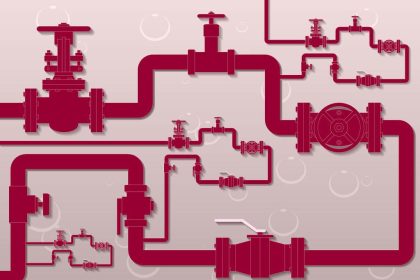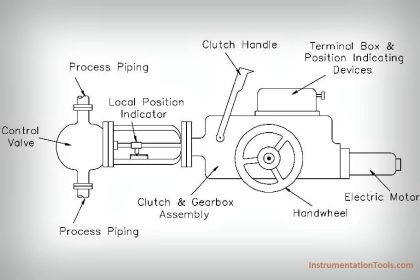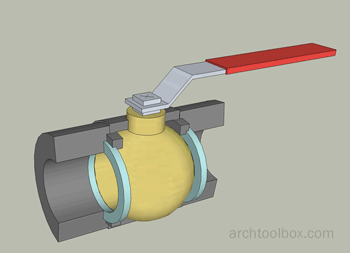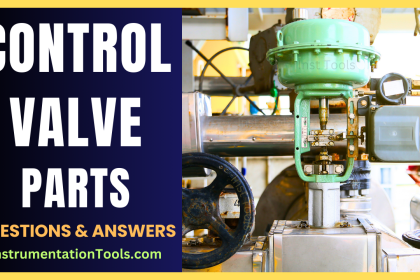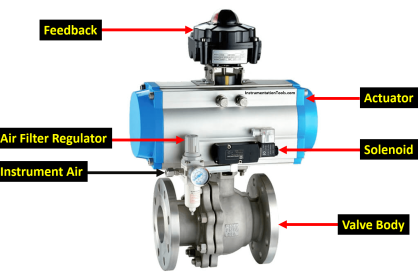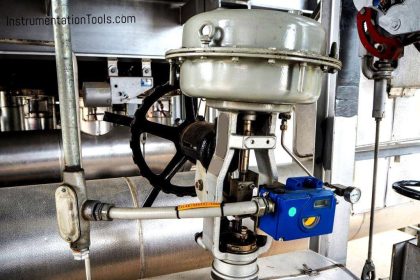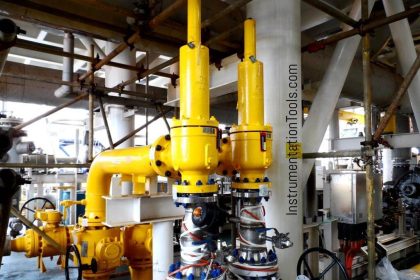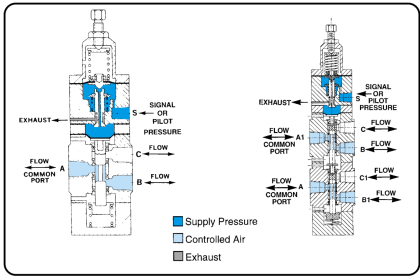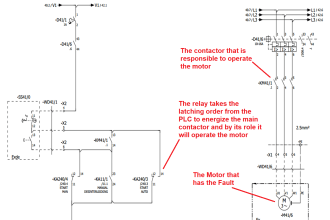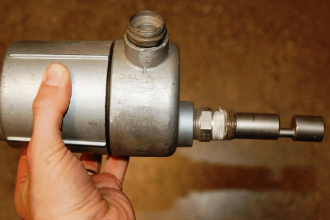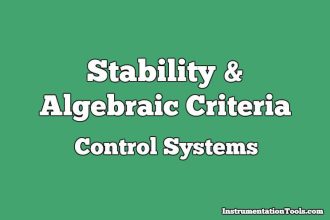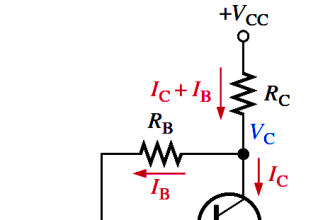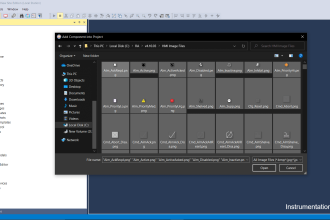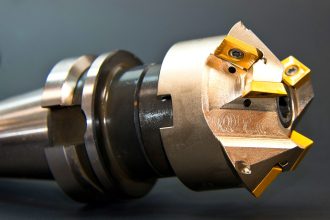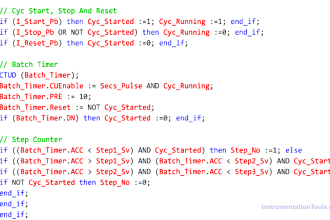In a level control with horizontal float arrangement, the whole system consists of the main valve, needle valve, pilot float, float with an arm in the figure below.
Horizontal float level control valves allow the water level of the tank or reservoirs to be controlled automatically at an affordable cost with a simple mechanism.
Level Control Valve with Horizontal Float
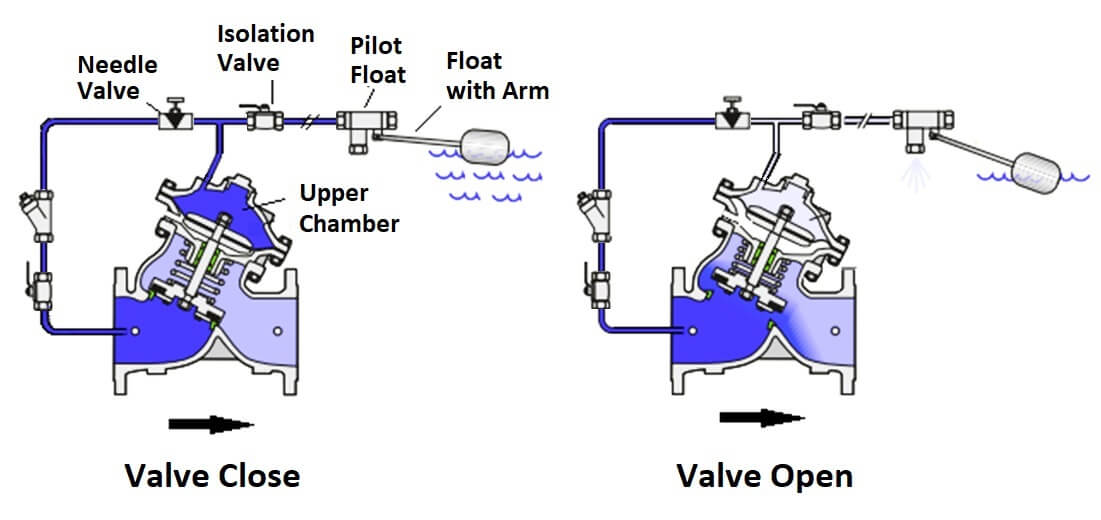
The main valve automatically opens, closes, or modulate as with level requirement helps to control the water level of tanks of reservoirs.
The Horizontal float and level control valve can be mounted in close proximity to the tank. Else the level control valve can be mounted down below the tank or at an accessible location on the floor as the figure is shown below.
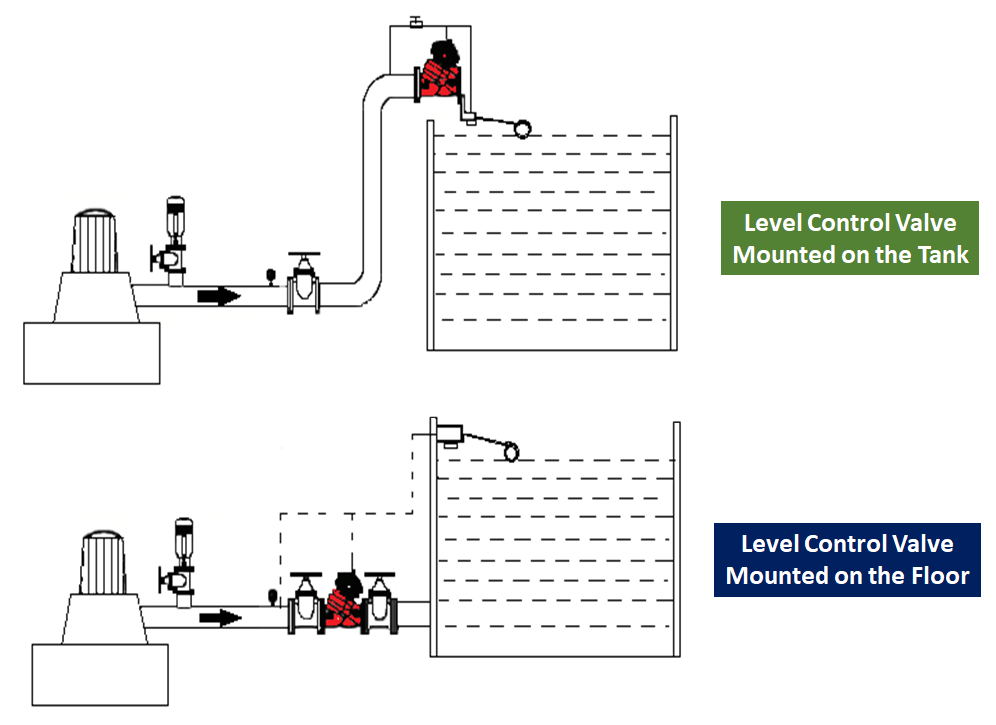
As with the rise of the tank water level, the float closes the pilot valve. Hence back pressure is developed, water accumulates in the upper actuator chamber, and the actuator is pressurized to close the main valve.
When the water level falls below the set level of horizontal float, the pilot valve gets open. Water flows through the main valve.
The sequence of operations will be repeated on its own without the intervention of external control mechanism.
Adjustment
According to the maximum water level, mount the float that is a part of the system. Fix a connection hose between the valve and the pilot float.
When the water level falls below the adjustable level, the valve opens to fill the tank.
Adjust the opening and closing speed of the main valve according to your system with a needle valve on the valve unit. Full open adjustment of needle valve allows rapid fill-up of the valve chamber, and less adjustment makes slow fill-up.
As soon as it level float reaches the set level, the pilot float is closed also the main valve, and the water level remains constant.
Applications
- Household overhead tank.
- Various industrial uses, for example, fire water tank level control.
Reference: BERMARD waterworks
If you liked this article, then please subscribe to our YouTube Channel for Instrumentation, Electrical, PLC, and SCADA video tutorials.
You can also follow us on Facebook and Twitter to receive daily updates.
Read Next:
- Advantages of Shutdown Valve
- Control Valve Commissioning
- Maintenance of Control Valves
- Basics of Control Valve Sizing
- Valve Relation between Cv and Kv
